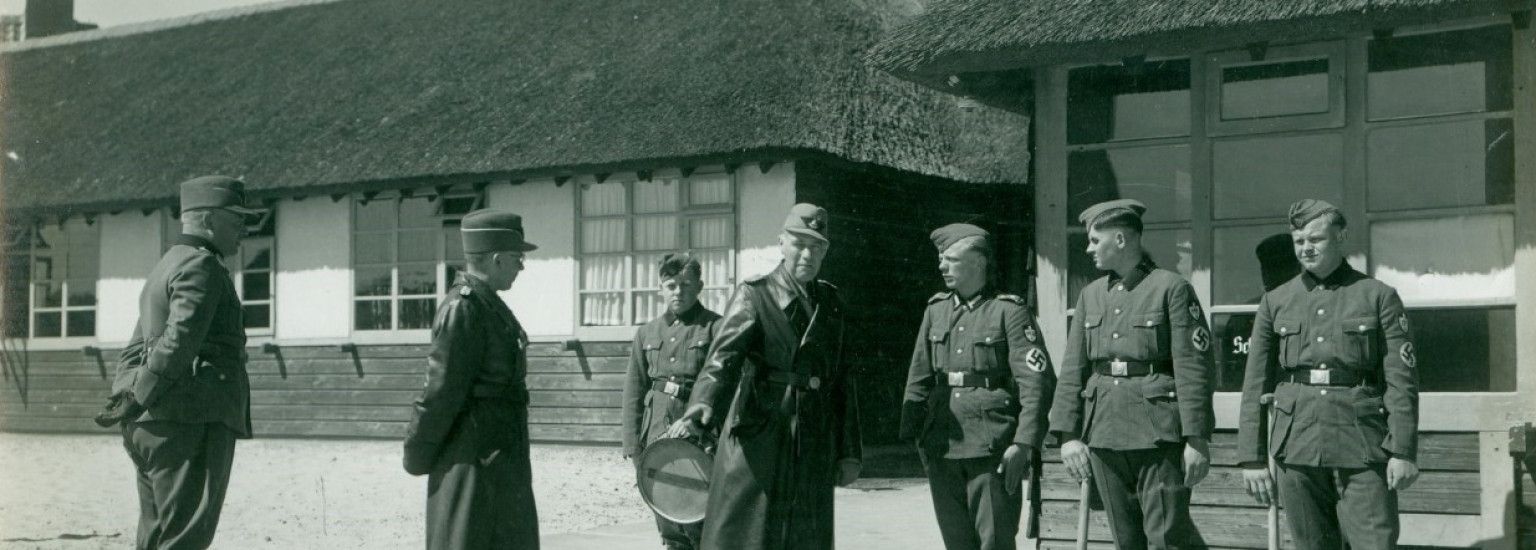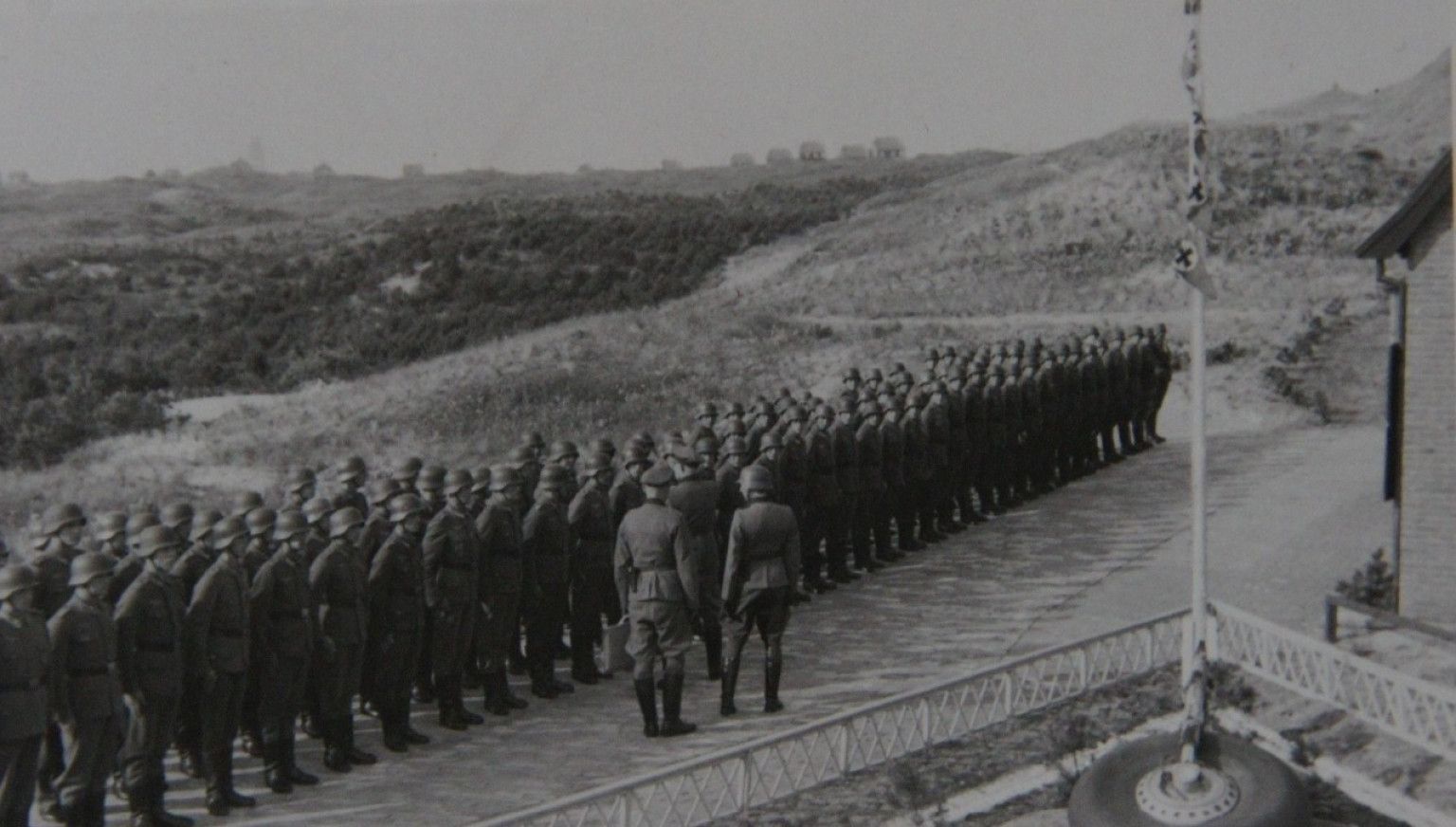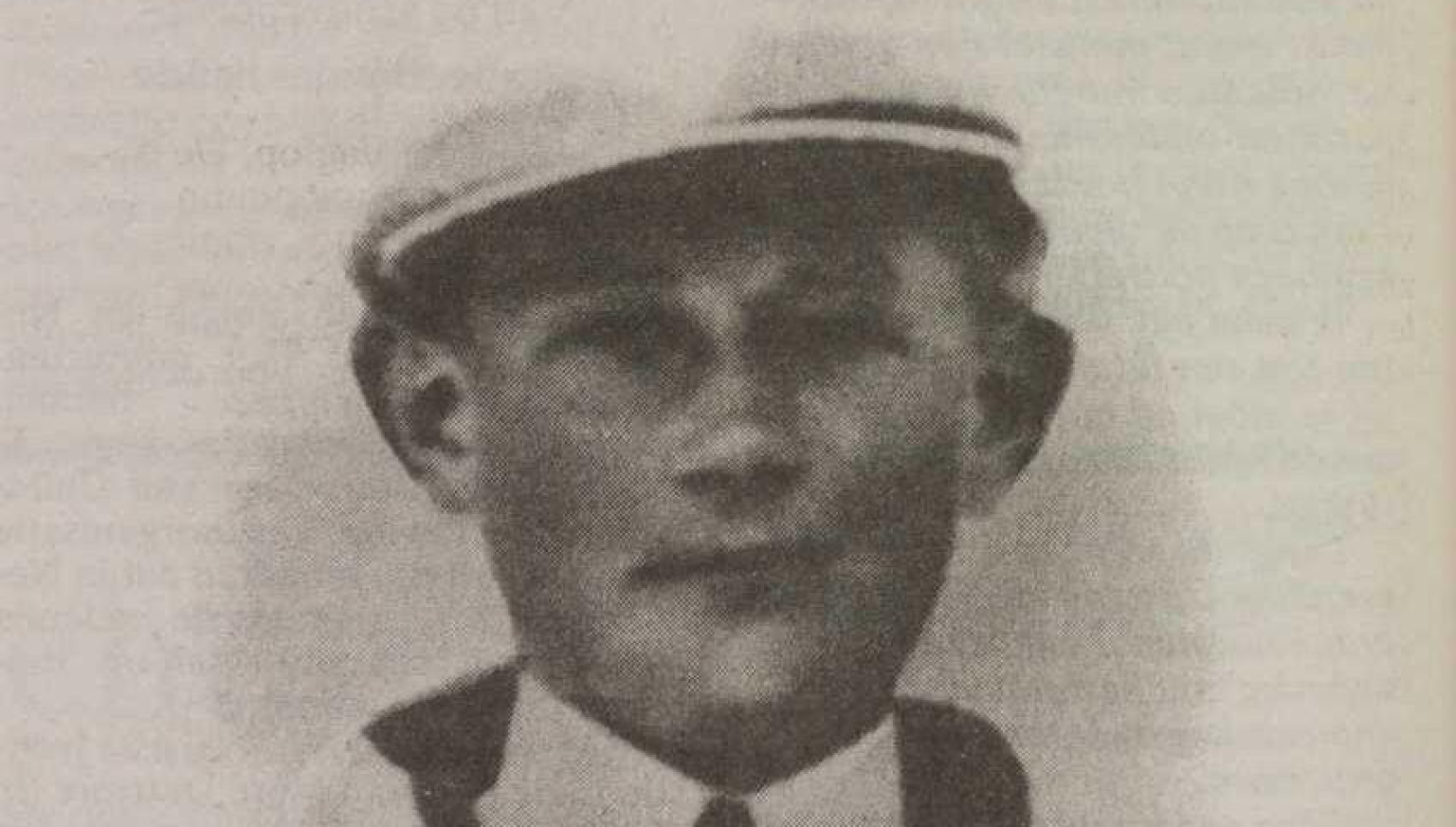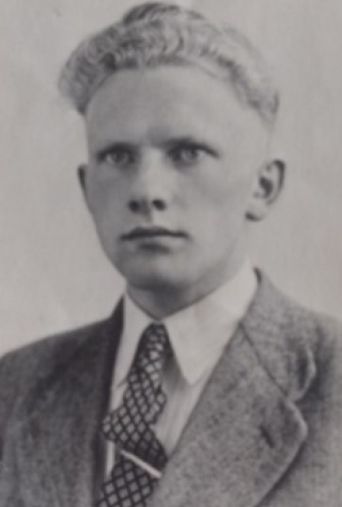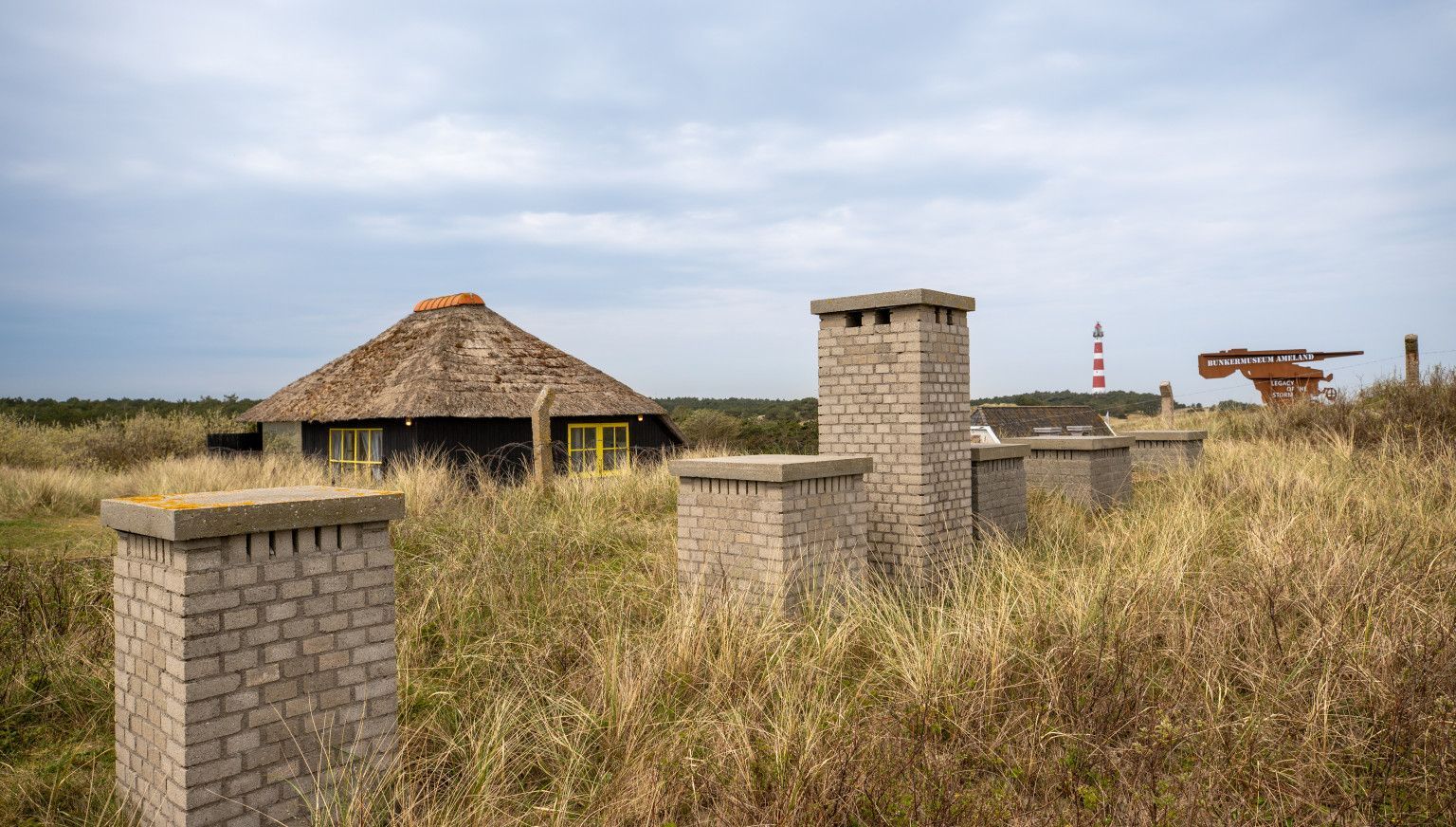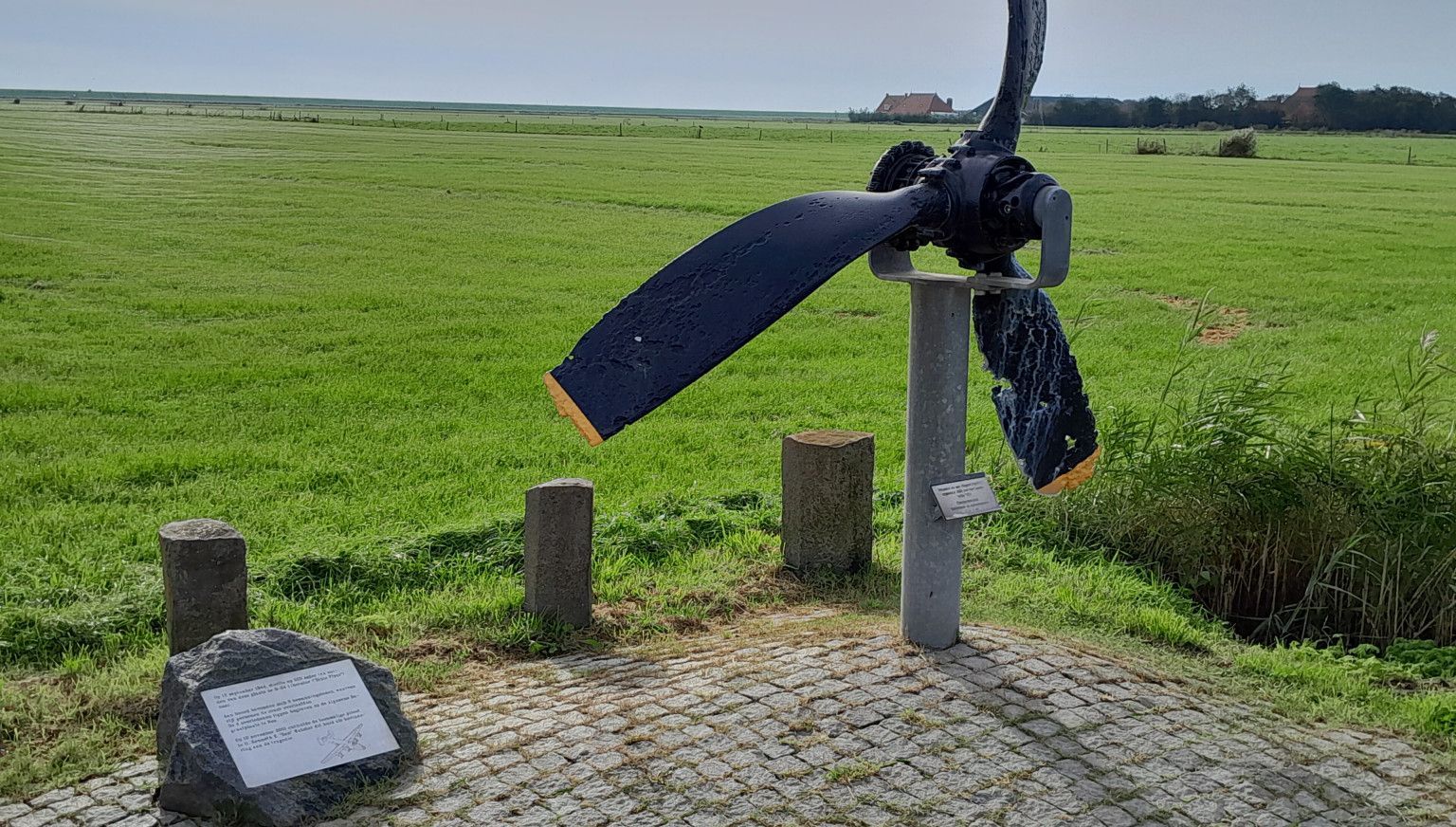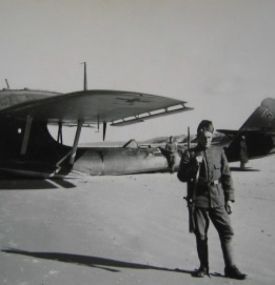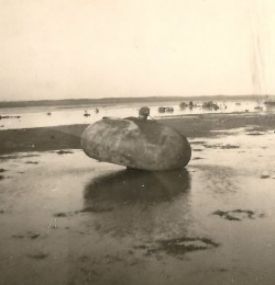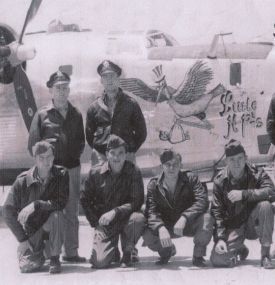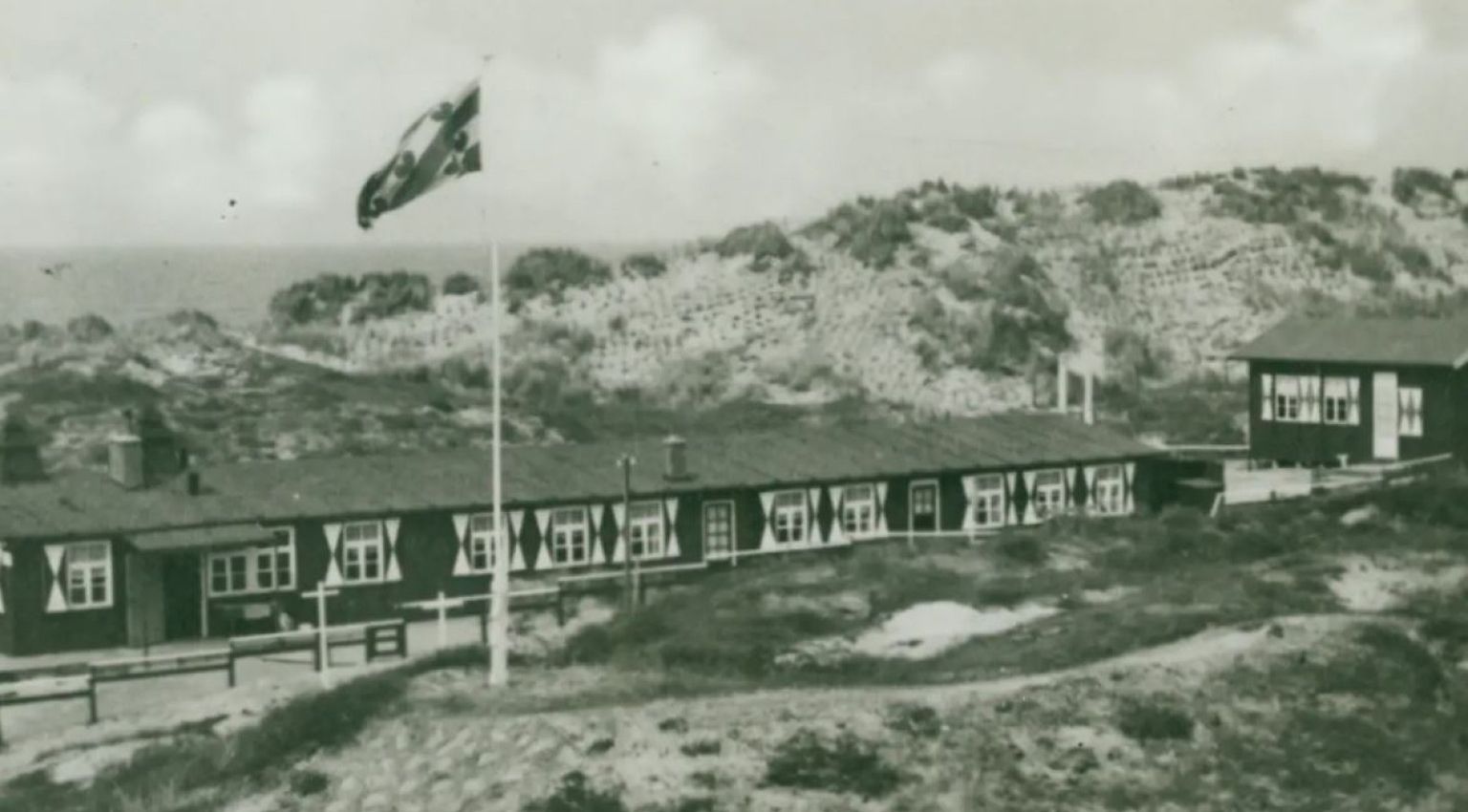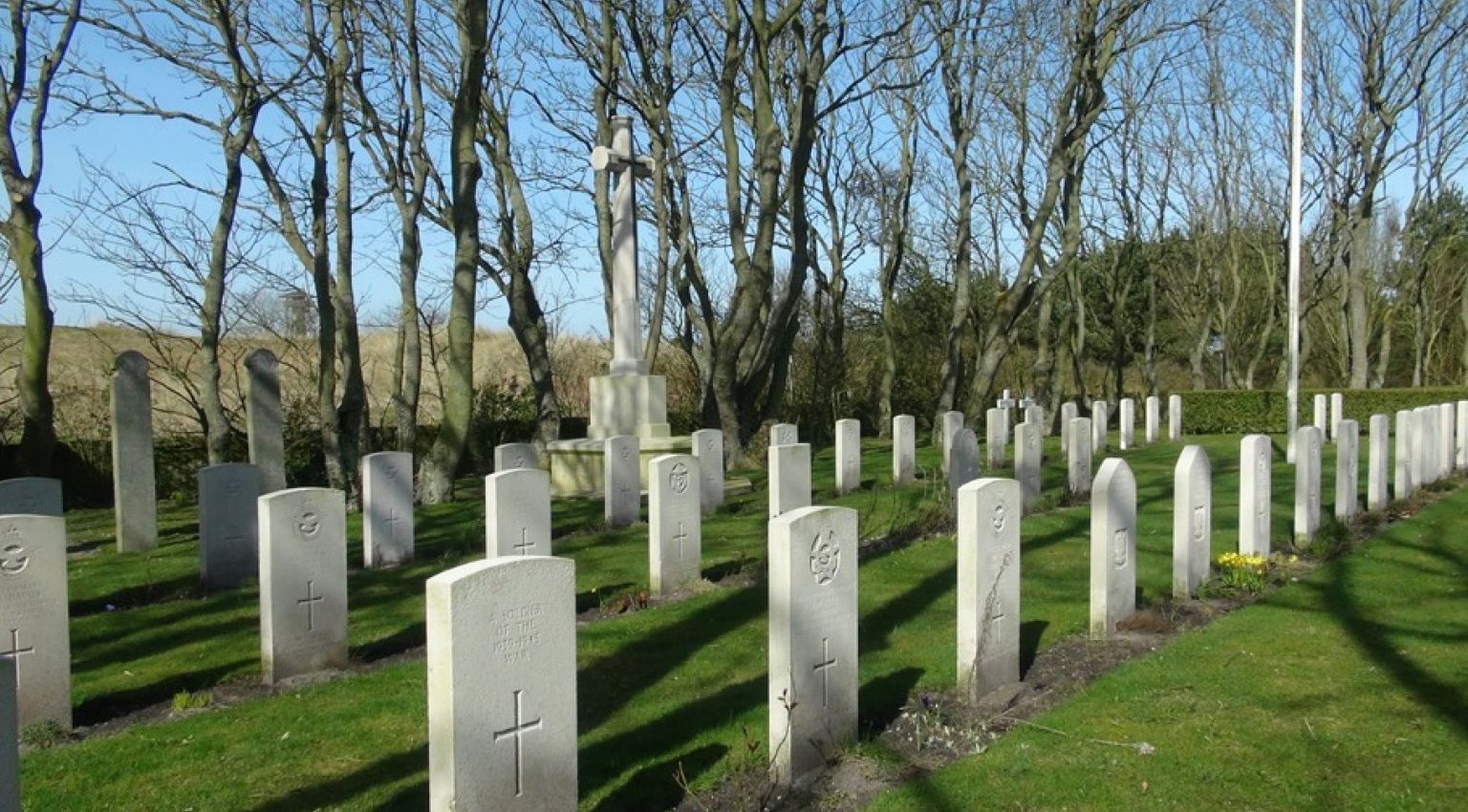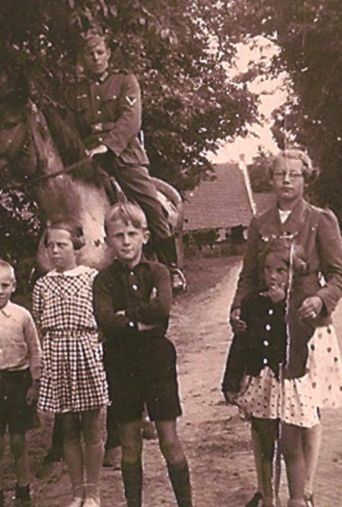The role of Wim de Boer
Photo: Amelander History
Another important figure in the resistance was Wim de Boer, working at the post office in Hollum. Thanks to his access to the telephone exchange, he was able to eavesdrop on German calls and pass on valuable information to the resistance. With a special speech key, he could monitor conversations without the Germans noticing. Despite suspicions from the occupying forces, De Boer managed to continue his activities until the end of the war.
